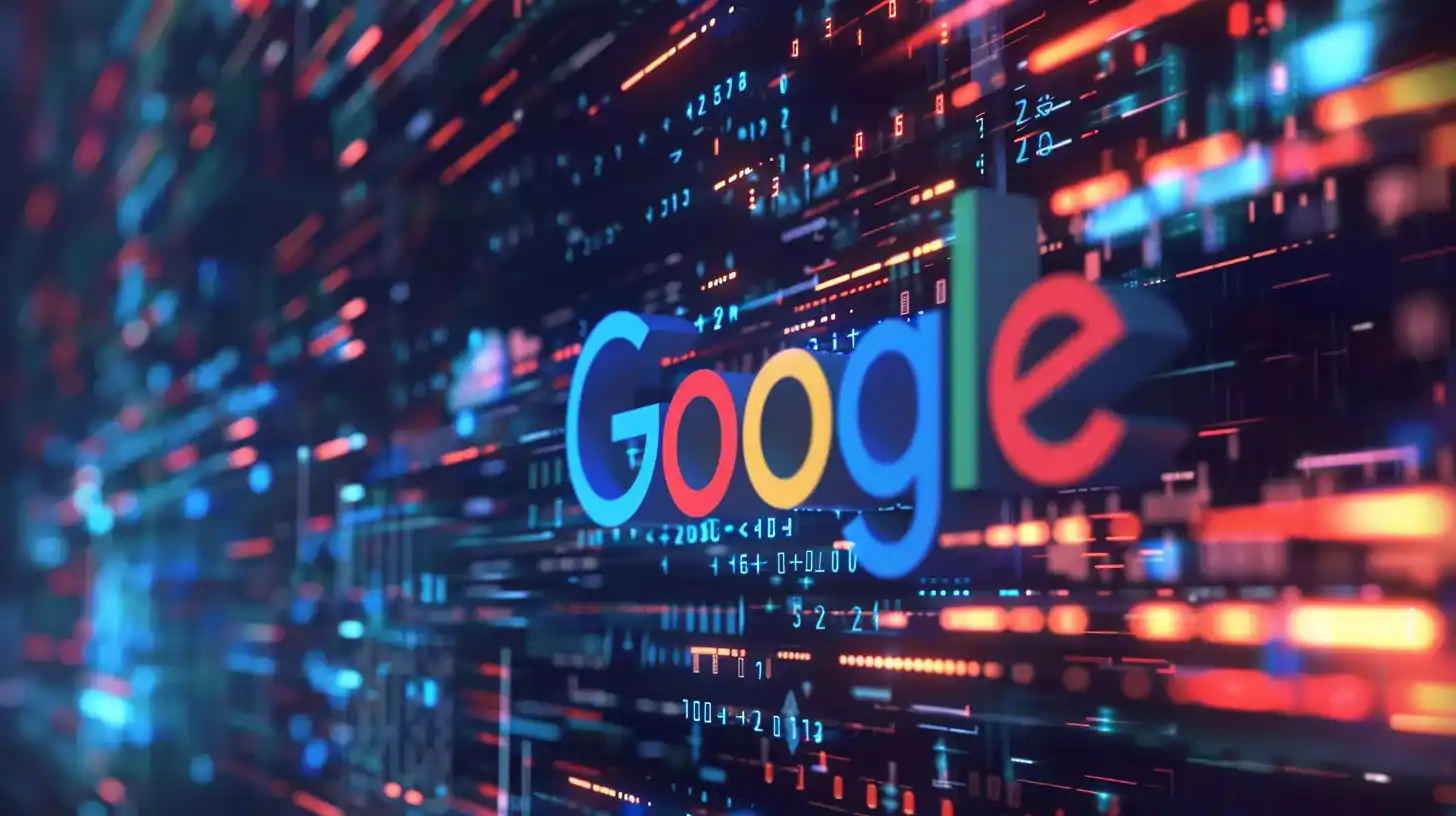Table of Contents
Google has taken a significant stride in combating the proliferation of misleading AI-generated and manipulated images by unveiling new metadata standards for AI image verification. These standards, now fully integrated into Google Search, empower users to differentiate between authentic and artificially altered content with greater confidence.
Understanding the Challenge
The rapid evolution of AI has given rise to an abundance of highly realistic synthetic images, making it increasingly challenging to distinguish between genuine and fabricated visuals. To address this growing concern, Google has forged a partnership with the International Press Telecommunications Council (IPTC) to develop robust metadata standards for AI image verification.
IPTC, a global authority in setting standards for the news industry, has established a framework for embedding vital image information directly within the file itself. This metadata encompasses details such as copyright, licensing, and image descriptions, providing valuable context for search engines and users alike.
New Metadata Standards for AI Image Verification
Google has adopted IPTC’s metadata standards to specifically classify AI-manipulated images. Two primary categories of AI image manipulation are now covered:
- Inpainting: The process of enhancing or restoring an image by filling in missing or damaged areas. While traditionally used for image restoration, inpainting can also involve adding new elements to an image using AI algorithms.
- Outpainting: This technique extends an image beyond its original boundaries, creating new content that seamlessly integrates with the existing image.

To identify these manipulated images, Google has introduced a new metadata property called “compositeWithTrainedAlgorithmicMedia.” This property, embedded within the digital image itself, signifies that the image has undergone AI-based manipulation for AI image verification purposes.
Full Support for “AI-Generated” Label
In addition to the new metadata for manipulated images, Google has officially removed the beta status of the “algorithmicMedia” metadata. This signifies a critical step towards enhanced transparency within Google Search. With the beta tag eliminated, images created entirely by AI algorithms, without relying on any training data, can now be explicitly labeled as “AI Generated.” This empowers users to make informed judgments about the content they encounter and assess its credibility for AI image verification purposes.
Google’s commitment to providing transparent information about the origin of images is further solidified by this update. Users can now enjoy greater confidence when evaluating image search results, as they are equipped to distinguish between authentic photographs, AI-manipulated images, and images entirely generated by AI algorithms. This transparency is crucial in today’s digital age, where misinformation can spread rapidly and AI-generated content continues to evolve at an unprecedented pace.
Implications for Search and Content Creators
The implementation of these new AI image verification metadata standards holds far-reaching implications for both search engines and content creators:
- Improved Search Results: By accurately labeling AI-generated and manipulated images, Google can enhance the quality of search results, significantly reducing the likelihood of users encountering misleading or deceptive content related to AI image verification. This benefits users by providing more reliable and trustworthy information.
- Enhanced User Trust: Transparent labeling of image authenticity fosters trust between users and search engines, creating a more reliable information ecosystem for AI image verification. Users are more likely to rely on search results when they can confidently verify the authenticity of the images presented.
- Responsibility for Content Creators: Content creators bear a greater responsibility to accurately label images, especially those that have been manipulated or generated using AI. Failure to do so could lead to negative consequences, including decreased trust, reputational damage, and potential legal issues related to AI image verification.
As AI technology advances rapidly, search engines and content creators must stay at the forefront of AI image verification. By adopting robust metadata standards and transparent labeling practices, we can collectively work towards a future where AI-generated content is identifiable, and users can confidently navigate the digital landscape.